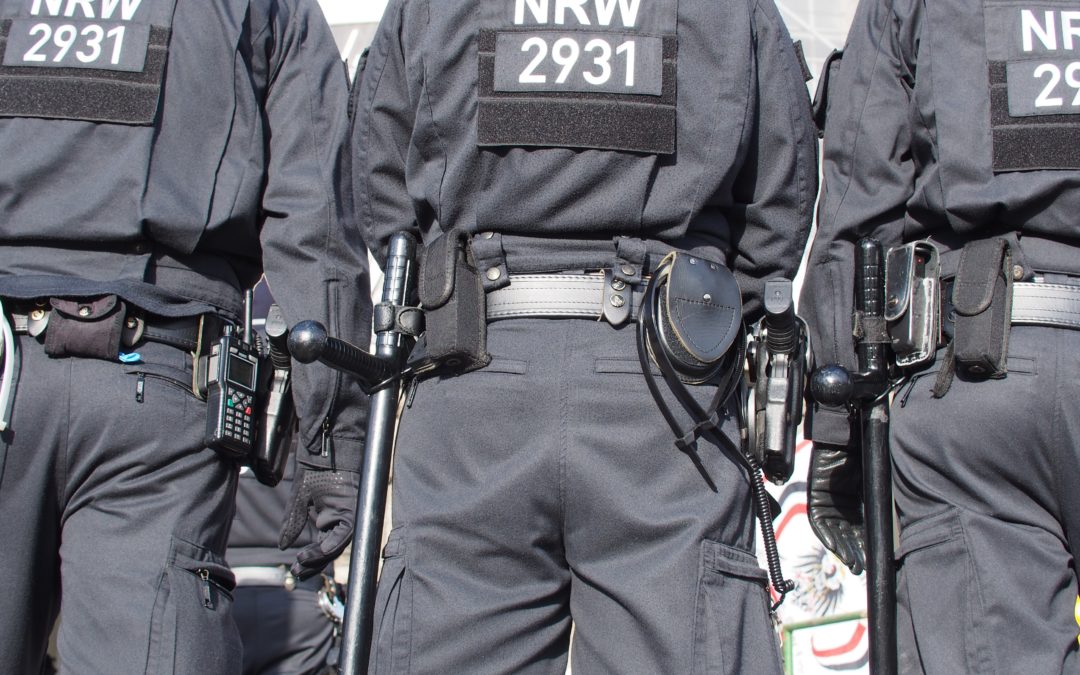
by Tanyette McCoy Davis | Mar 9, 2023 | Latest, Social Justice |
On Wednesday, a video was released of a Black Memphis inmate Gershun Freeman being brutally beaten to death by a group of officers. The victim, identified as 33-year-old Gershun Freeman, can be seen in the video being punched and kicked repeatedly by the officers.
As a society, we have long struggled with issues of police brutality and systemic racism. Unfortunately, that struggle has once again come to the forefront in Memphis, where a group of officers was recently caught on camera brutally beating a Black inmate to death. The footage is horrifying and raises countless questions about the use of force by law enforcement officials.
This tragic incident occurred just one day after the decision was made to not indict the officers involved in the Breonna Taylor shooting. Once again, justice was not served and it sends a clear message that Black lives do not matter to law enforcement.
Gershun Freeman was a Black Memphis inmate who was beaten to death by a mob of officers. In the fall of 2022, Freeman was arrested after his girlfriend accused him of domestic violence and he was charged with domestic violence. The suspect has been taken into custody by the police and has been charged with aggravated assault and kidnapping. Afterward he was then restrained by officers and taken to an outdoor area, where he was repeatedly punched, kicked, and hit with a flashlight. One officer can be seen standing on Freeman’s chest while he is lying on the ground. The officers involved in the incident have not been charged.
In the United States, people of color have long been subjected to violence and discrimination at the hands of law enforcement. This history of racial injustice in law enforcement came to a head in 2020 with the high-profile killings of George Floyd, Breonna Taylor, and other Black Americans by police officers. The resulting nationwide protests against police brutality and systemic racism put a spotlight on the long-standing problem of racial injustice in law enforcement.
Racial injustice in law enforcement is not a new phenomenon. In fact, it has its roots in the very origins of American policing. The first formal police force in the United States was established in 1838 in Boston, and it was modeled after British policing methods that were used to control slave rebellions in the West Indies. These methods were then adopted by southern slave patrols, which were created to catch escaped slaves and prevent slave uprisings.
When news of the incident broke, there was outrage among community members and bystanders. Many were shocked and appalled at the violence that was inflicted upon the inmate, and felt that it was unjustified. There were calls for the officers involved to be held accountable, and for justice to be served. The incident has also raised questions about the use of force by police officers and how it is often disproportionately used against people of color. This case is still ongoing, and the outcome will likely have a significant impact on the community.
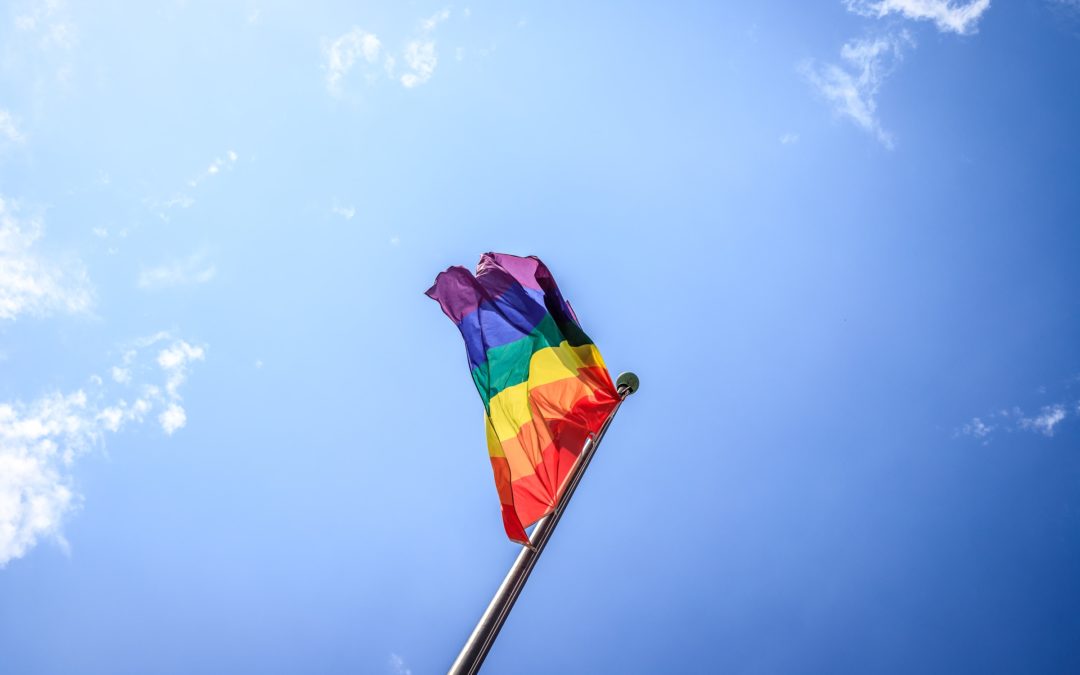
by Tanyette McCoy Davis | Mar 8, 2023 | Latest, Social Justice |
In a tragic turn of events, Cashay Henderson yet another black transgender woman has lost her life to senseless violence. The city of Milwaukee is mourning the loss of one of its own after she was shot and killed before her apartment went up in flames. Her death serves as a stark reminder that our society still has a long way to go when it comes to protecting and valuing the lives of marginalized communities.
On Sunday (Feb. 26), Cashay Henderson, a black transgender woman, was fatally shot before her apartment caught on fire in Milwaukee, Wisconsin. This tragic event has left the LGBTQIA+ community reeling, as another one of our own has been taken from us too soon.
This tragedy is yet another reminder of the violence that transgender people face on a daily basis. In the United States, at least 26 trans people have been killed so far this year – the majority of them being black trans women. This is an epidemic that must be stopped.
We must demand justice for Cashay Henderson and all the other trans people who have been killed simply for existing. We must also continue to fight for the rights of all LGBTQIA+ people, so that we can live our lives freely and without fea
The need for justice and accountability in Milwaukee is great. There are many cases of police brutality and misconduct that go unsolved, particularly when it comes to the black community. This needs to change.
As news of the death of another black transgender woman spread, members of the Milwaukee LGBTQ community and their allies gathered to remember her.
“She was always so happy and full of life,” said one friend who wished to remain anonymous. “This is just so senseless.”
Others spoke about the fear that many in the community feel. “It’s hard enough being trans in this world, but being a trans woman of color is even harder,” said one speaker at the gathering. “We have to be careful every day, because we can’t count on anyone else to keep us safe.”
In the wake of the tragic death of a black transgender woman in Milwaukee, it is more important than ever to take action to create safer environments for transgender people. There are many ways to do this, but one important step is to make sure that transgender people have access to safe and affirming housing.
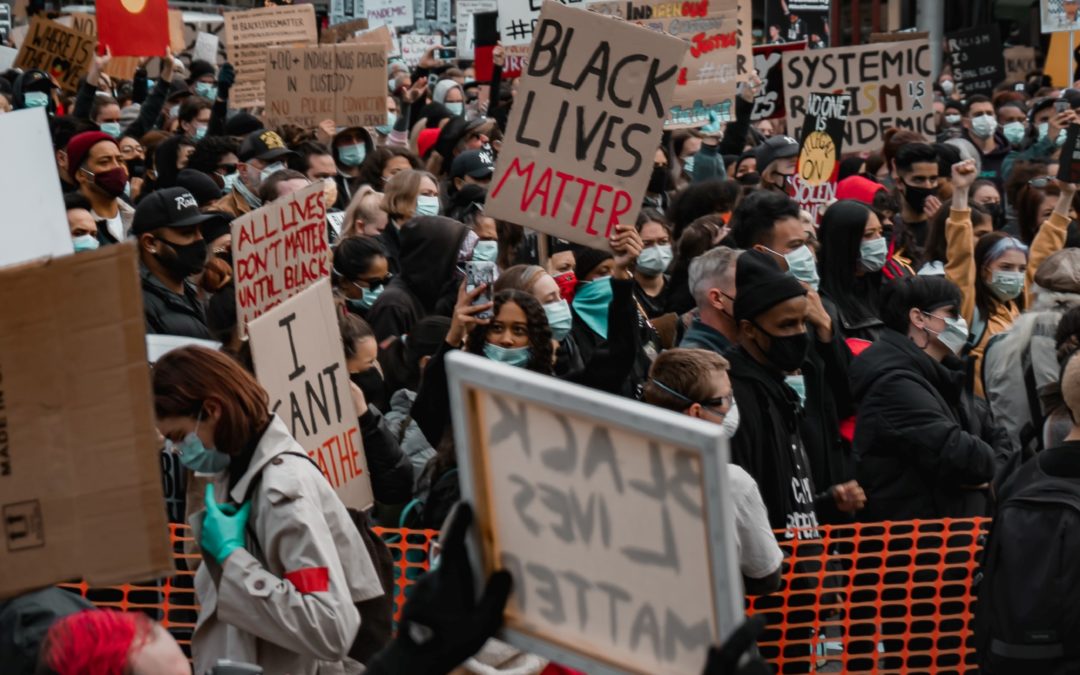
by Tanyette McCoy Davis | Mar 7, 2023 | Latest, Social Justice |
In a landmark decision, 320 protestors who were corralled and arrested by police during the George Floyd demonstrations in New York City have been awarded $7 million in a settlement. The term “kettling” refers to a controversial tactic used by law enforcement to control crowds, which involves trapping demonstrators within an enclosed area. This case is just one example of how the fight for justice and accountability continues long after protests come to an end.
George Floyd’s death sparked outrage and protests across the country. In New York City, demonstrators took to the streets to demand justice for Floyd and other victims of police brutality. The protesters were “kettled” by police, who surrounded them and prevented them from leaving. The demonstrators sued the city, alleging that their constitutional rights were violated. A judge agreed, and the protesters were awarded $ million in damages.
On Tuesday, a federal judge approved a $7 million settlement between the city of New York and demonstrators who were “kettled” by police during a protest against the killing of George Floyd last May. The plaintiffs alleged that they were peaceful protesters who were unlawfully arrested and detained by police officers without probable cause. They also claimed that they were subjected to excessive force when they were pepper-sprayed and hit with batons.
Under the terms of the settlement, each of the plaintiffs will receive $36,000 in damages. The city will also create a $250,000 fund to reimburse protesters for medical expenses and property damage incurred during the incident. In addition, the city will make changes to its policing policies, including banning the use of kettling as a means of dispersing crowds.
In the wake of George Floyd’s death, many police reform efforts have been undertaken in New York City. The most notable of these is the establishment of the NYPD’s “collaborative policing” program, which encourages officers to work with community members to solve crimes and build trust. Other initiatives include body-worn cameras for all officers, improved training on de-escalation techniques, and expanded use of civilian complaint review boards. These reforms are intended to make the NYPD more accountable to the public and help reduce incidents of excessive force.
The settlement is significant because it acknowledges that the NYPD’s actions were unlawful and that the protesters were mistreated. The money will be used to compensate the protesters for their injuries and damages. This case sets a precedent that may be cited in future lawsuits against police departments that engage in similar tactics.
This is one of the largest settlements ever awarded in a case involving police misconduct. And it’s just one example of the ways that Floyd’s death has led to lasting change.
In the months since Floyd’s death, there have been numerous other high-profile cases of police brutality and misconduct. These include the killing of Breonna Taylor in Louisville, Kentucky, and the shooting of Jacob Blake in Kenosha, Wisconsin.
It’s clear that Floyd’s death has had a profound impact on our country. His legacy will continue to be felt for many years to come.
Police accountability is critical for maintaining the public’s trust in law enforcement. When police are accused of misconduct, it is important that there is a process in place to investigate the allegations and, if substantiated, hold the officers accountable.
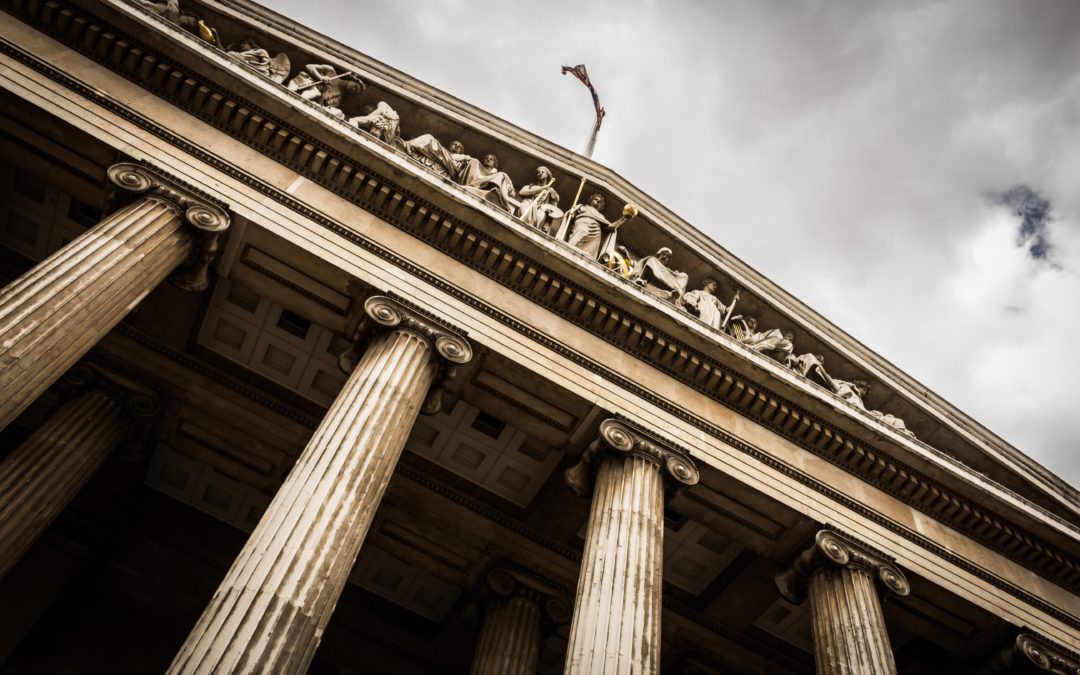
by Tanyette McCoy Davis | Feb 23, 2023 | Latest, Social Justice |
The senseless death of Tyre Nichols at the hands of police officers in Memphis, Tennessee, has sparked a national outcry for change. In response to this horrific injustice, Georgia lawmakers have reintroduced legislation that seeks to increase police accountability and provide greater transparency into their operations.
The legislation comes after Nichols, a 27-year-old Black man Tyre Nichols, was fatally shot by police in February. His death sparked protests and calls for reform from activists and community members. The proposed reforms would help to build trust between law enforcement and the communities they serve, and make sure that everyone is held accountable for their actions.
This tragedy led to the reintroduction of police accountability legislation in Georgia. The bill, which has been dubbed the “Tyre’s Law,” would require law enforcement officers to wear body cameras and have them turned on during all interactions with the public. It would also establish an independent review board to investigate officer-involved shootings.
The bill has been met with some opposition from law enforcement groups, who argue that it could make it harder for officers to do their jobs effectively. However, supporters say that these reforms are necessary in order to build trust between police and the communities.
The family of Tyre Nichols King has advocated for these reforms, as well as for the passage of a law that would make it a crime for officers to turn off their body cameras. They believe that these reforms will help to prevent future tragedies and hold officers accountable for their actions.
However, these reforms face significant challenges in passing into law. The Georgia Fraternal Order of Police has come out against the proposed reforms, and many lawmakers are resistant to making changes to the state’s laws on policing. With opposition from both law enforcement and some legislators, it will be difficult to get these reforms passed into law.
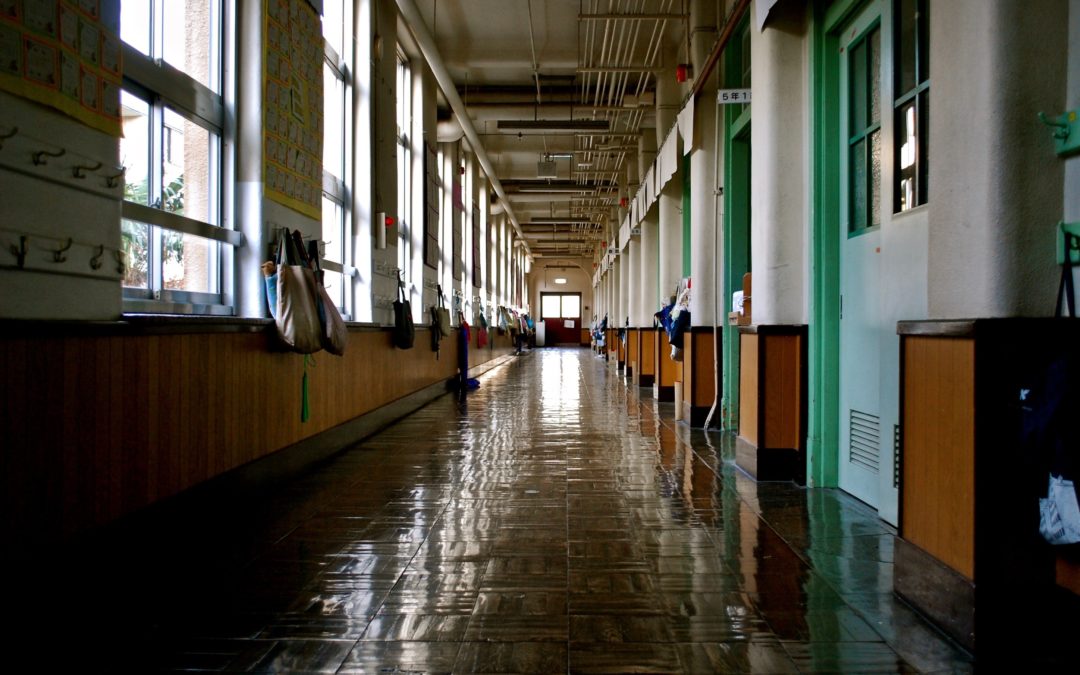
by Fabiola Noel | Feb 21, 2023 | Latest, Social Justice |
It is no secret that racism still exists today, and this issue is particularly rampant in our schools. In light of Black History Month, an incident occurred at Diablo View Middle School in Clayton, California that highlights how far we have to go to ensure our students learn about the history of African Americans and their contributions to society.
A California middle school student was disciplined for making a racist joke during Black History Month. The student, who has not been identified, put cotton balls in front of his classroom’s Black History Month display. When asked why he did it, the student said he was “making a cotton field.”
These incidents underscore the need for more dialogue about race and racism in our schools. We need to have honest conversations about the ways that racism manifests itself in our society and in our classrooms. Only then can we begin to address the problem head-on.
This incident highlights the problem of racism in America’s education system. Although the U.S. has made great strides in recent years to improve racial relations, there is still a long way to go. Racism is often perpetuated through ignorance and lack of understanding.
The photo and caption were widely shared on social media, sparking outrage among many people who saw it as a racist joke. The school district issued a statement saying that it does not tolerate racism or hatred in any form and that the student had been disciplined according to district policy.
When it comes to racism in schools, there are a lot of different opinions out there. Some people feel that it is an important topic that should be addressed in the classroom, while others believe that it is something that should be left out of the educational setting. No matter what your opinion is, there is no doubt that racism is a problem in our society and it needs to be addressed.
There are a number of educational implications that can be drawn from this incident. Firstly, it highlights the importance of teaching students about the histories and experiences of people from all racial backgrounds. It also underscores the need for educators to create a safe and inclusive environment in their classrooms, where all students feel comfortable sharing their thoughts and opinions. Additionally, this incident serves as a reminder that even seemingly harmless jokes can have harmful consequences.
In the end, the student’s punishment was decided by a school-level disciplinary panel. The student was given detention for three days and will be required to complete an educational project about the harms of racial discrimination.








RECENT COMMENTS